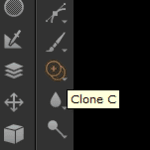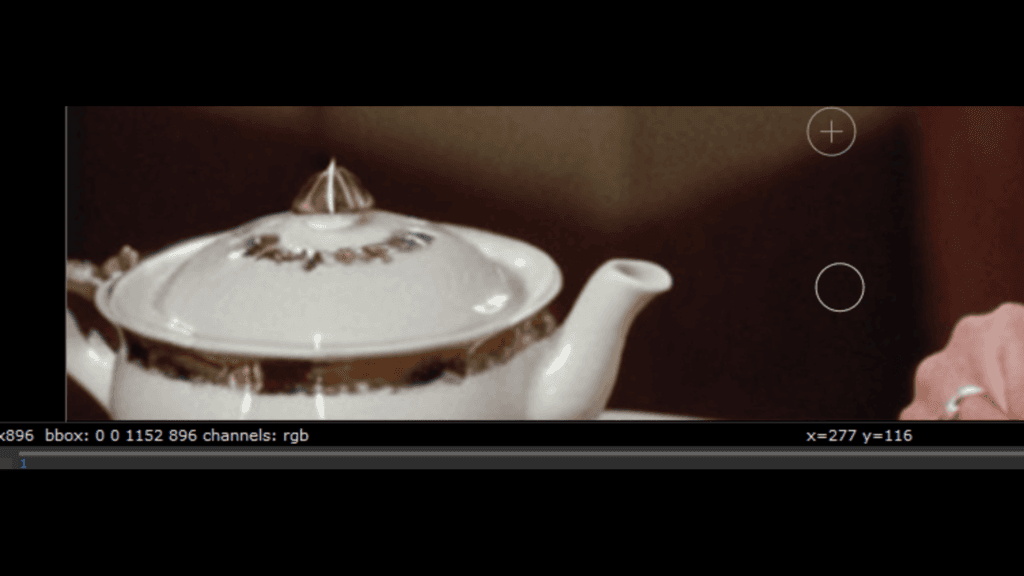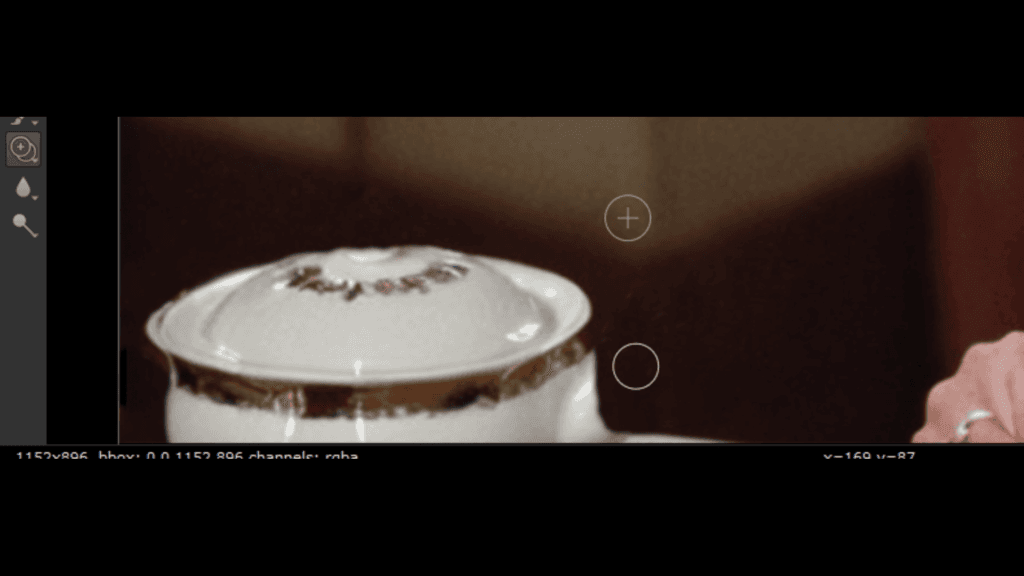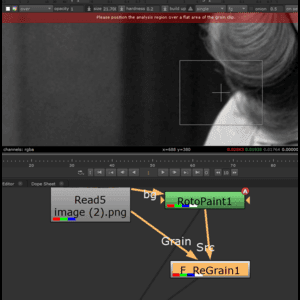In the world of VFX (Visual Effects), creating flawless sequences often requires sequence paint or clean-up techniques to remove unwanted elements, wires, or rigs from footage. Nuke is a highly versatile tool for these tasks, especially when it comes to VFX sequence paint. In this guide, we’ll walk through the entire process of using Nuke for sequence painting, ensuring your results look professional and seamless.
Whether you’re new to VFX sequence paint in Nuke or looking to refine your skills, this comprehensive guide will cover everything you need to know, step-by-step.
What is VFX Sequence Paint?

VFX sequence paint is the process of manually or semi-automatically removing unwanted objects, cleaning up footage, or creating a clean plate in a sequence of frames. This is especially important in post-production to remove rigs, wires, crew reflections, or other elements that shouldn’t appear in the final shot. In Nuke, the RotoPaint node is used for painting out objects, retouching, and making frame-by-frame adjustments.
Why Use Nuke for VFX Sequence Paint?
Nuke is one of the most powerful tools in the industry for VFX sequence paint because of its node-based workflow and robust paint tools. Here’s why it’s the go-to choice for professionals:
- Non-destructive workflow: With Nuke’s node-based system, all changes are non-destructive, so you can easily go back and tweak any adjustments without affecting other parts of your project.
- Precision: Nuke allows for frame-by-frame painting with high precision, perfect for complex clean-up tasks.
- Integrated tracking: Nuke’s tracking features help apply paint strokes to moving objects, keeping them locked in place even with dynamic camera motion.
Step-by-Step Guide to VFX Sequence Paint in Nuke
Now, let’s dive into the step-by-step process for VFX sequence paint in Nuke. Follow these instructions to clean up your sequence like a pro.
1. Import Your Footage
Start by loading your footage into Nuke using the Read node. Simply drag and drop your file or use the “R" shortcut to import your sequence. This will be the base on which you will apply your VFX sequence paint.
2. Add a RotoPaint Node
Next, add the RotoPaint node to your footage. Press P on your keyboard or search for “RotoPaint” in the node graph. Connect it to your footage. This node will allow you to paint directly on the frames and offers a variety of brushes, shapes, and clone tools.
3. Use the Clone Tool for Clean-up

The Clone Tool is one of the most used tools for sequence painting. It allows you to copy pixels from one area and paint them over another. Select the Clone Tool in the RotoPaint properties panel. Choose a clean part of the footage as your source, and begin painting over the unwanted areas.
4. Frame-by-Frame Adjustments
For complex or moving shots, you may need to paint frame-by-frame. Nuke makes this easy with keyframe interpolation. Move through your timeline and adjust the strokes as necessary on each frame, ensuring that the object is fully removed and the paint looks consistent.


5. Track Motion for Moving Elements
If your shot involves moving objects or camera motion, you’ll need to track the movement to ensure your paint sticks to the right spot. Use the Tracker Node to create motion tracks, then apply those tracks to the RotoPaint node so your strokes follow the movement seamlessly.
6. Feathering and Blending
To make the painted areas look natural, use the feather and blur tools to soften the edges. This ensures that the cleaned-up section blends with the surrounding footage, making your sequence paint invisible to the viewer.
7. Grain Matching

After removing objects, the cleaned area can look too smooth. Use the Grain node to reapply film grain or noise to match the rest of the footage. This small step makes a huge difference in selling the realism of your VFX sequence paint
8. Render Your Final Output

Once you’re satisfied with your clean-up, it’s time to render the sequence. Add a Write node, connect it to your project, and export the final sequence in your desired format (such as EXR, DPX, or MOV).
Best Practices for VFX Sequence Paint in Nuke
Here are a few best practices to keep in mind while working on VFX sequence paint in Nuke:
- Use Reference Frames: If you have a static shot or similar frames, use them as reference to speed up the process and maintain consistency.
- Work Non-Destructively: Always work in a way that allows you to undo or adjust your paint strokes without starting from scratch. Nuke’s node system makes this easy.
- Frame-by-Frame Review: Even with automation and interpolation, always review your work frame by frame to catch any anomalies or issues.
- Leverage Tracking: For moving shots, proper tracking is key. Accurate tracking ensures that your clean-up stays in place throughout the sequence.
Conclusion: Mastering VFX Sequence Paint in Nuke
Learning to use VFX sequence paint in Nuke effectively can significantly improve your post-production skills. From clean-up tasks to creating invisible effects, this technique is essential for high-quality VFX work. With its powerful tools like the RotoPaint node, cloning features, and integrated motion tracking, Nuke provides everything you need to tackle even the most challenging shots.
Whether you’re working on a big-budget feature film or a short independent project, mastering VFX sequence paint in Nuke will ensure your shots look polished and professional. Happy painting!
FAQs
Q: Can I use Nuke for basic wire removal tasks?
Yes, Nuke’s RotoPaint node is perfect for wire removal and similar tasks. Combine it with the Tracker Node for more complex shots.
Q: How do I apply paint strokes to moving objects?
You can use Nuke’s Tracker to track the movement of objects and then link your RotoPaint node to follow the motion of the tracked object.


1 thought on “VFX Sequence Paint in Nuke: 7 Powerful Techniques for Mastery”